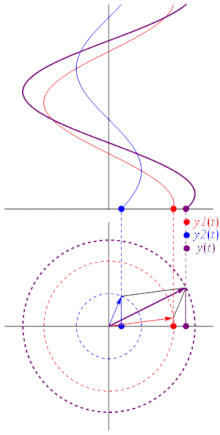supra33202
Well-known member
- Joined
- Jan 6, 2012
- Messages
- 52
- Reaction score
- 1
Please see
I followed the whole example except the graph for the voltage and current vector.
Could someone help me out?
@5:50 - How do we draw the graph of voltage and current? How do you know the theta is negative? Can I draw the current vector on the x-axis and the voltage vector at an angle with respect with the current vector? I guess another way to ask the question is - how come the current and voltage vectors are in graph quadrant IV not in quadrant I?
@12:43, how come we have the angle -33.9 for I? Why negative? Is it we just arbitrarily draw the current and voltage vectors at quadrant IV?
I guess the general question is: how do we determine which quadrant to be used when trying to draw the current and voltage vectors on the graph?
Thanks!
I followed the whole example except the graph for the voltage and current vector.
Could someone help me out?
@5:50 - How do we draw the graph of voltage and current? How do you know the theta is negative? Can I draw the current vector on the x-axis and the voltage vector at an angle with respect with the current vector? I guess another way to ask the question is - how come the current and voltage vectors are in graph quadrant IV not in quadrant I?
@12:43, how come we have the angle -33.9 for I? Why negative? Is it we just arbitrarily draw the current and voltage vectors at quadrant IV?
I guess the general question is: how do we determine which quadrant to be used when trying to draw the current and voltage vectors on the graph?
Thanks!




